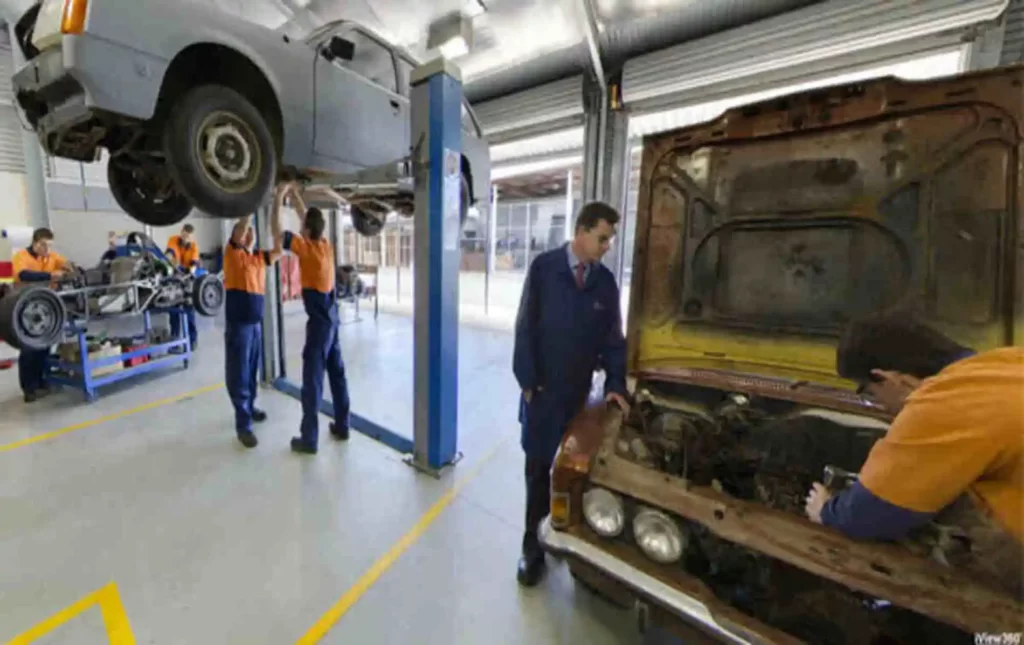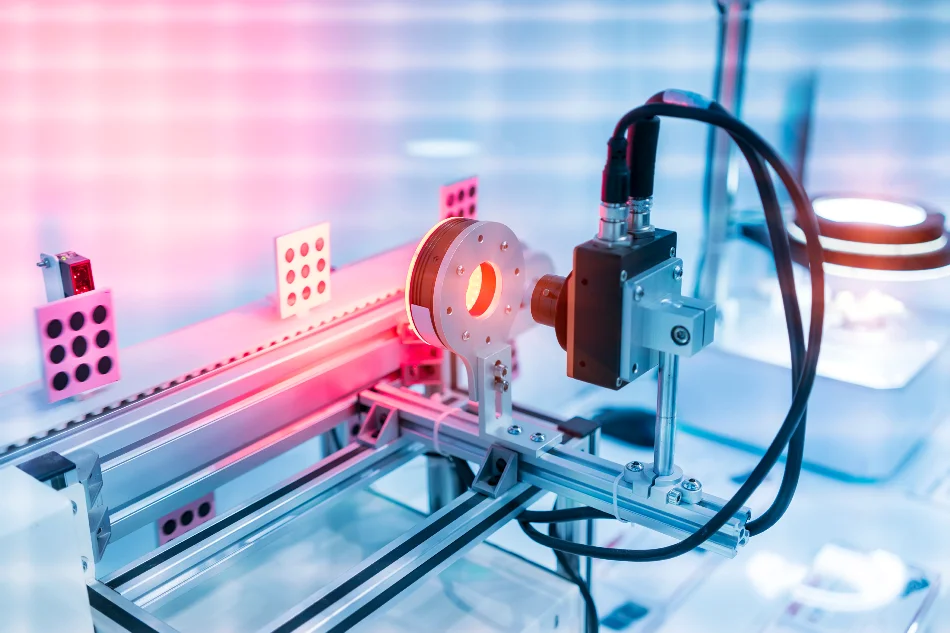Introduction
The integration of vision inspection systems into the automotive manufacturing process has ushered in a new era of quality control. These systems employ advanced cameras, sensors, and image processing algorithms to meticulously examine automotive parts and components, offering a range of benefits that traditional manual inspection methods simply cannot match.
Enhanced Accuracy and Precision With (Vision Inspection Systems)
Vision inspection systems are designed to detect even the slightest defects or deviations in automotive parts. With their high-resolution cameras and intelligent algorithms, they can identify imperfections that might be missed by the human eye. This level of accuracy ensures that only flawless parts move forward in the production process, ultimately resulting in vehicles of superior quality.
Improved Efficiency
Automotive manufacturing is a time-sensitive endeavor, and any delays can have cascading effects down the line. Vision inspection systems operate at incredible speeds, capable of inspecting hundreds of parts per minute without compromising accuracy. This efficiency optimizes production flow and prevents bottlenecks.
Reduction in Defects and Rework
Detecting defects early in the production process means fewer defective parts make their way into the final product. This reduces the need for rework and minimizes production downtime, leading to higher overall productivity and cost savings.
Real-time Monitoring
Vision inspection systems provide real-time feedback, allowing manufacturers to monitor the production process continuously. Any deviations or abnormalities can be immediately addressed, preventing the production of faulty components.
Data-driven Decision Making
The data collected by vision inspection systems offers valuable insights into the manufacturing process. Manufacturers can analyze trends, identify recurring issues, and make informed decisions to optimize their production processes further.
Cost Savings
While the initial investment in a vision inspection system might seem substantial, the long-term cost savings are significant. Reduced defects, lower rework costs, and increased production efficiency all contribute to a healthier bottom line.
Adaptability to Various Inspection Requirements
Different automotive parts require different types of inspections. Vision inspection systems can be programmed and configured to perform a wide range of inspections, from measuring dimensions to detecting surface defects.
Integration with Automation
Vision inspection systems seamlessly integrate with automated manufacturing processes. This integration allows for a streamlined and synchronized workflow, where inspection results can trigger automated actions, further enhancing efficiency.
Ensuring Regulatory Compliance
The automotive industry is subject to strict regulations and standards. Vision inspection systems help ensure that all components meet these requirements, minimizing the risk of non-compliance issues.
Enhancing Customer Satisfaction
High-quality automotive parts translate to safer and more reliable vehicles. By using vision inspection systems to maintain exceptional quality, manufacturers can enhance customer satisfaction and build a reputation for excellence.
Challenges and Solutions
While vision inspection systems offer a multitude of benefits, challenges such as complex part geometries and varying lighting conditions must be addressed. Advanced algorithms and adaptive lighting solutions are continuously being developed to overcome these challenges.
Future Trends in Vision Inspection
The future of vision inspection in the automotive industry is promising. Advancements in artificial intelligence and machine learning will lead to even more accurate and efficient inspection systems, further elevating the quality of automotive parts.
Conclusion
Incorporating vision inspection systems into the automotive manufacturing process is a game-changer. From heightened accuracy and efficiency to reduced defects and improved customer satisfaction, these systems have revolutionized how quality control is approached in the automotive industry. Trident Information Systems have designed Vision Intelligence System considering manufacturer’s grievances and how we can push them ahead in the market competition. With a dedicated team of experts, we have managed to accomplish a robust track of accomplishments. You too can implement this Machine Vision System and see the results for yourself. Contact us for further information or a demonstration.
FAQs
- What is a vision inspection system? A vision inspection system is a technology that uses cameras and image processing to inspect and analyze parts for defects.
- How does a vision inspection system improve efficiency? Vision inspection systems operate at high speeds, inspecting numerous parts per minute, which optimizes production flow.
- Can vision inspection systems adapt to different inspection requirements? Yes, these systems can be programmed to perform various types of inspections based on the specific requirements of each automotive part.
- How do vision inspection systems contribute to cost savings? By reducing defects, lowering rework costs, and enhancing production efficiency, these systems lead to significant cost savings over time.
- What does the future hold for vision inspection in the automotive industry? The future will likely bring more advanced AI-powered systems that offer even greater accuracy and adaptability.


